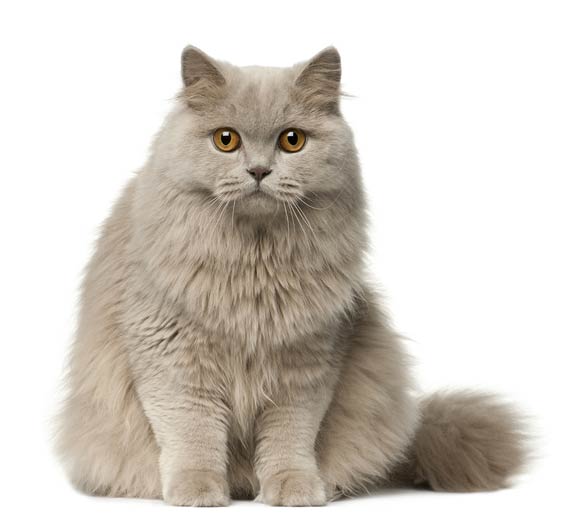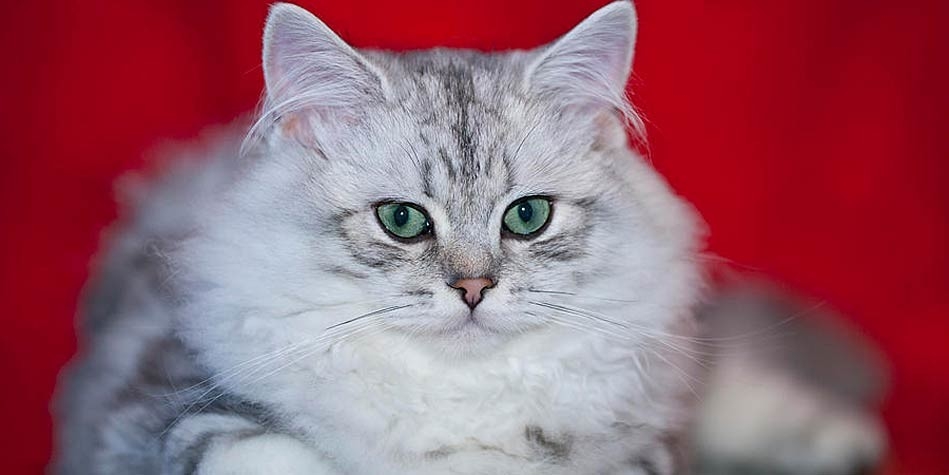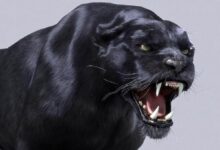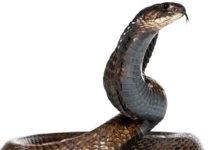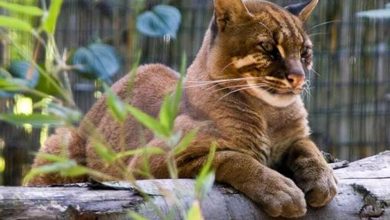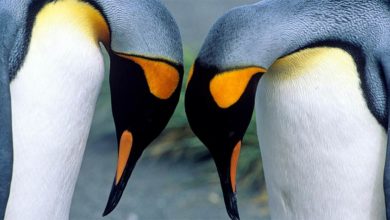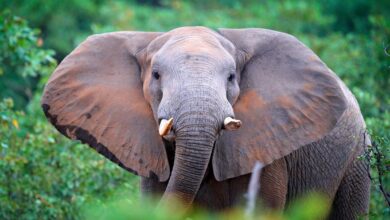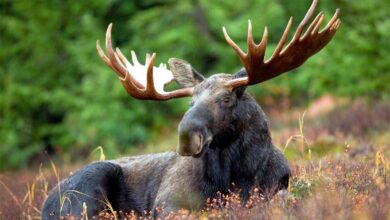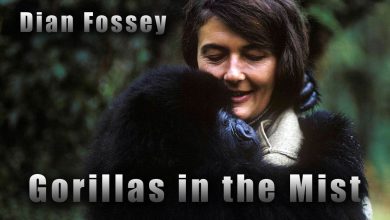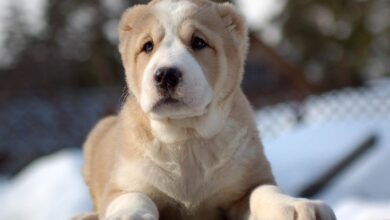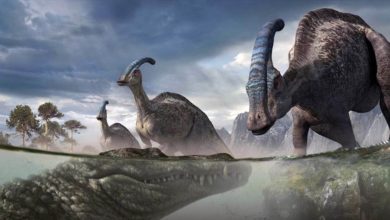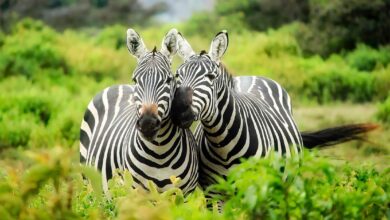British Longhair cat
The British Longhair has a similar character to the British Shorthair. It should not be surprising because the British Longhair originates from this breed. Maybe because of the similar characters and build, feline federations have doubts about recognizing the British Longhair. The FIFe standard applicable in Poland has accepted the breed only provisionally. However, thanks to that status, we can describe this breed as independent of the others.
Classification
For now, FCI has recognized the British Longhair only provisionally.

History of the breed
As it is easy to guess, the British Longhair originates from the British Shorthair. In the first half of the 20th century, the British Shorthair started to be crossbred with imported longhair breeds, including the Turkish Angora and “classic” Persian. Breeders wanted to obtain a cat with a round, doll-like head, while keeping short hair. However, as a result of the abovementioned crossbreds, kittens with semi-long hair started to appear in the litters of the British Shorthair.

Characteristics
Appearance
The British Longhair is rather medium-sized cat, but it is sturdy and muscular instead. The body is supported by short but strong legs, and the thick tail narrows to the end. The head has the shape of a sphere, the cheeks are chubby, prominent, and the mouth is shaped in a characteristic way, creating a mysterious smile. These cats observe the world with large, round, wide-open eyes, which in combination with the enigmatic smile create an image of a bizarre, a little bit fantastical cat.
The British Longhair has medium long hair, but the coat is very dense and soft, even fluffy. The fur may be of any color (blue is the most common), and the color of the iris varies from deep gold to copper. In color-pointed cats, the eyes are blue and the silver variety may have deep green eyes.
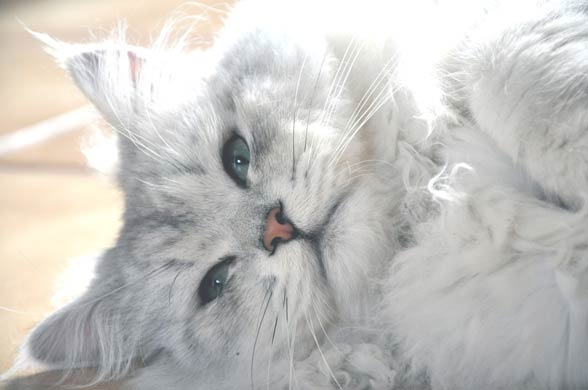
Temperament
The full of love British Longhair is a perfect companion for quiet and friendly people. It can be both carefree and well-balanced, females in particular, showing even royal manners.
These cats are very loyal and devoted to their owners. Too much tenderness from people is tiring for the British Longhair, but it will eagerly follow its owner or lie by his side.
These cats are not active, they prefer lazing. However, sometimes they have periods of increased activity, during which they play, fool around and go wild as much as they want.
They prefer peaceful and harmonious homes, similar to the Persian cat, which they originate from. They rarely climb or jump from one spot to another. Despite their phlegmatic temperament, they tolerate children and dogs, however, they do not like to be carried, of which toddlers may already forget.
They do not suffer from loneliness much – they cope with the owners’ absence, waiting patiently for their return.

Detailed information / size
British Longhair
- Weight:
- males 5-8 kg (11-17.6 lb)
- females 3-5 kg (6.6-11 lb)
- Lifespan: 14-20 years
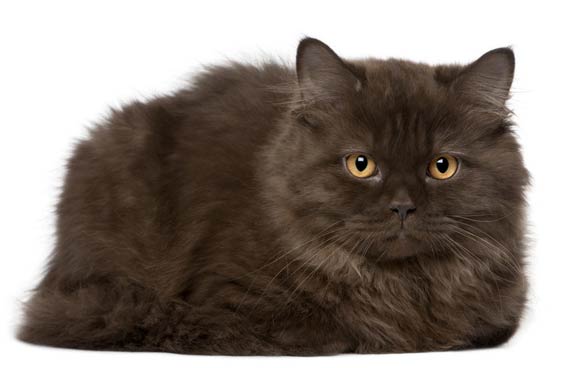
British Longhair – interesting facts
- Males are more lively and carefree than females.
- The British Longhair loves food, but because of its low level of activity, the food should be rationed. Too many treats will cause obesity. It concerns mostly castrated males and individuals living only in a flat.
- The high weight of the British Longhair should be the result of developed muscle structure, and not increased fat level.
